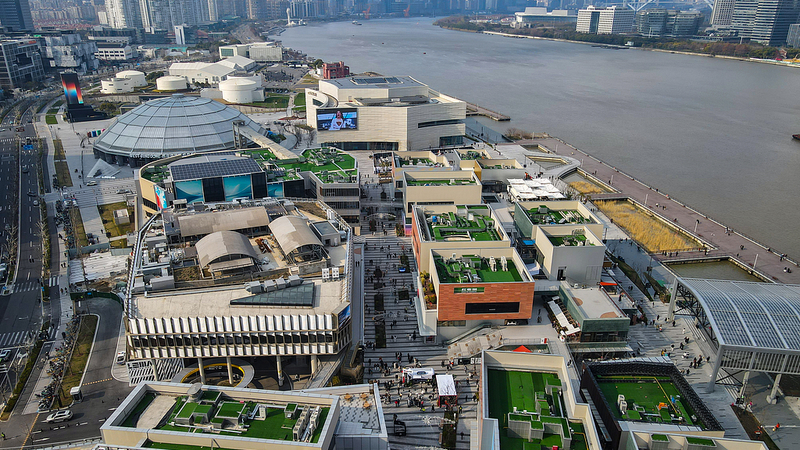As the world marks a decade since the Sustainable Development Goals and the Paris Agreement, cities face a crunch: only five years to meet the 2030 targets. A people-centered approach to urban planning is emerging as a game-changer, showing how inclusive, sustainable cities can improve lives and drive progress.
The Chinese mainland offers a striking example of this shift. In the early 1980s, just 20 percent of its population lived in urban areas; today, that number exceeds 67 percent. Robust planning, targeted social housing programs and major investments in infrastructure have fueled this transformation, turning urbanization into an engine for inclusive growth.
Between 2015 and 2022, authorities added more than 80 million affordable housing units, according to the Ministry of Housing and Urban-Rural Development. In 2023, the Chinese mainland's Voluntary National Review reported that over 200 million residents now enjoy better urban living conditions, underlining housing as a fundamental right in people-first urbanization.
At the same time, environmental innovation is reshaping cityscapes. The Chinese mainland leads in electric mobility for both private and public transport, builds "sponge cities" to manage flooding, and deploys green technologies to cut emissions and boost livability. These advances show how sustainable solutions can go hand in hand with social equity.
For cities around the globe, the lesson is clear: putting people first—through affordable homes, reliable services and eco-friendly infrastructure—creates vibrant, resilient urban centers. With the clock ticking toward 2030, embracing this people-centered model could unlock the full potential of urbanization and leave no one behind.
Reference(s):
The path to inclusive and sustainable cities: Putting people first
cgtn.com




